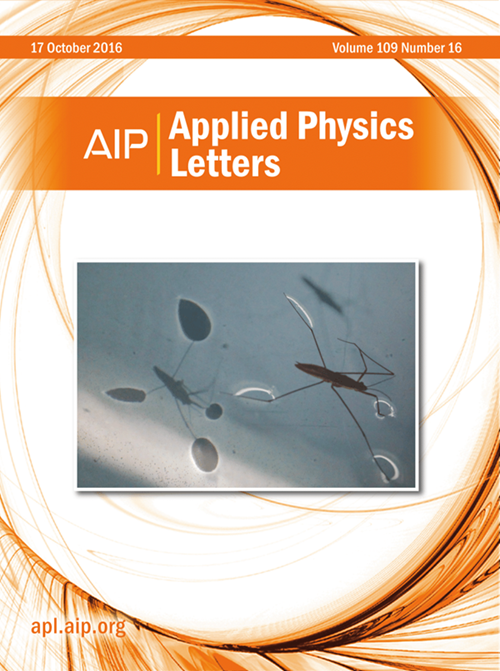Investigation on all-inorganic perovskite betavoltaic batteries based on MWCNT electrodes
IF 3.5
2区 物理与天体物理
Q2 PHYSICS, APPLIED
引用次数: 0
Abstract
Perovskite materials have been extensively studied in the field of solar cells, and inorganic perovskites, with their good environmental and radiation stability, high defect tolerance, and high carrier mobility, also have great potential for betavoltaic batteries. In this study, we analyze the potential of all-inorganic perovskite betavoltaic batteries. The metal electrode commonly used in perovskite cell devices, such as Au, has a large effect on β particle incidence. MWCNTs (multi-walled carbon nanotubes) have excellent electrical conductivity, while their loose and porous structure reduces the effect on β particle incidence, which is an ideal electrode for betavoltaic nuclear batteries. Therefore, we propose the FTO/TiO2/CsPbBr3/NiOx/MWCNT structure and explore the prospects of CsPbBr3 in betavoltaic batteries through simulations and experiments. The simulation results in an open-circuit voltage (Voc) of 0.53 V, a short-circuit current (Jsc) of 21.53 nA cm−2, a maximum output power (Pm) of 9.05 nW cm−2, and a conversion efficiency (η) of 2.9%. The experimentally obtained Voc is 0.42 V, Jsc is 12.22 nA cm−2, Pm is 2.55 nW cm−2, and η is 0.8%. This points to the great potential of all-inorganic perovskite materials for betavoltaic batteries.求助全文
约1分钟内获得全文
求助全文
来源期刊

Applied Physics Letters
物理-物理:应用
CiteScore
6.40
自引率
10.00%
发文量
1821
审稿时长
1.6 months
期刊介绍:
Applied Physics Letters (APL) features concise, up-to-date reports on significant new findings in applied physics. Emphasizing rapid dissemination of key data and new physical insights, APL offers prompt publication of new experimental and theoretical papers reporting applications of physics phenomena to all branches of science, engineering, and modern technology.
In addition to regular articles, the journal also publishes invited Fast Track, Perspectives, and in-depth Editorials which report on cutting-edge areas in applied physics.
APL Perspectives are forward-looking invited letters which highlight recent developments or discoveries. Emphasis is placed on very recent developments, potentially disruptive technologies, open questions and possible solutions. They also include a mini-roadmap detailing where the community should direct efforts in order for the phenomena to be viable for application and the challenges associated with meeting that performance threshold. Perspectives are characterized by personal viewpoints and opinions of recognized experts in the field.
Fast Track articles are invited original research articles that report results that are particularly novel and important or provide a significant advancement in an emerging field. Because of the urgency and scientific importance of the work, the peer review process is accelerated. If, during the review process, it becomes apparent that the paper does not meet the Fast Track criterion, it is returned to a normal track.
 求助内容:
求助内容: 应助结果提醒方式:
应助结果提醒方式:


